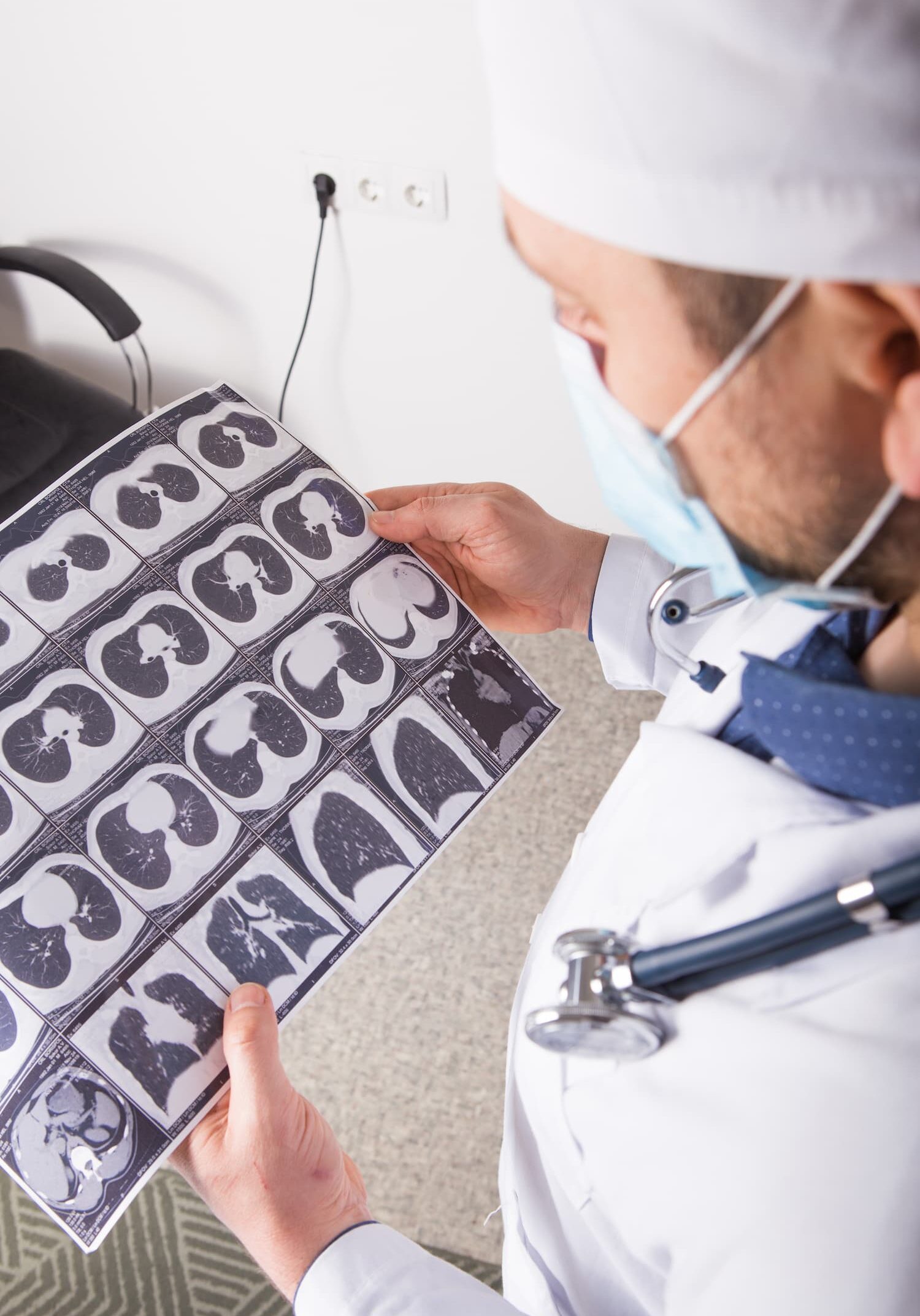Lung fibrosis is a lung condition that causes the lungs to become scarred over time, with the level of scarring worsening gradually over time. There are many different types of lung fibrosis and the onset will depend on the type. Idiopathic pulmonary fibrosis or IPF is most common in individuals around the age of 70-75, with very few cases occurring in individuals under the age of 50. Other types may present at a younger age.
As the air sacs in the lung become more damaged and scarred, this slowly causes the lungs to become stiff. The result of this increasing scar tissue is that it is more and more difficult for oxygen to enter the bloodstream, which affects the breathing and health of the person with Lung Fibrosis.

